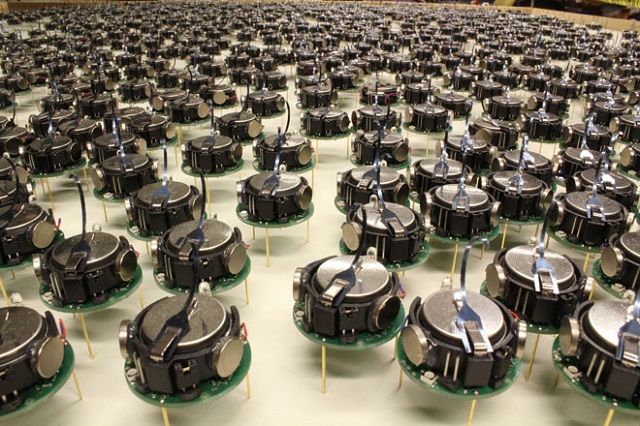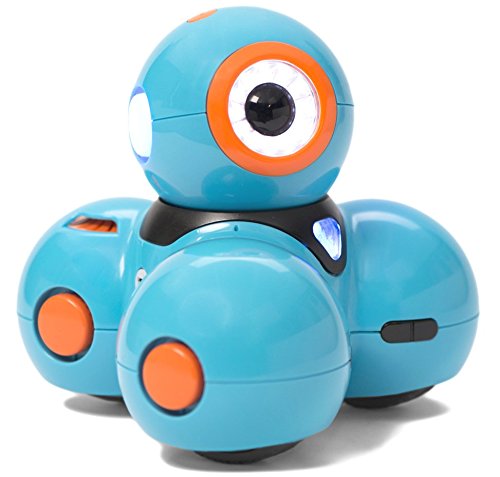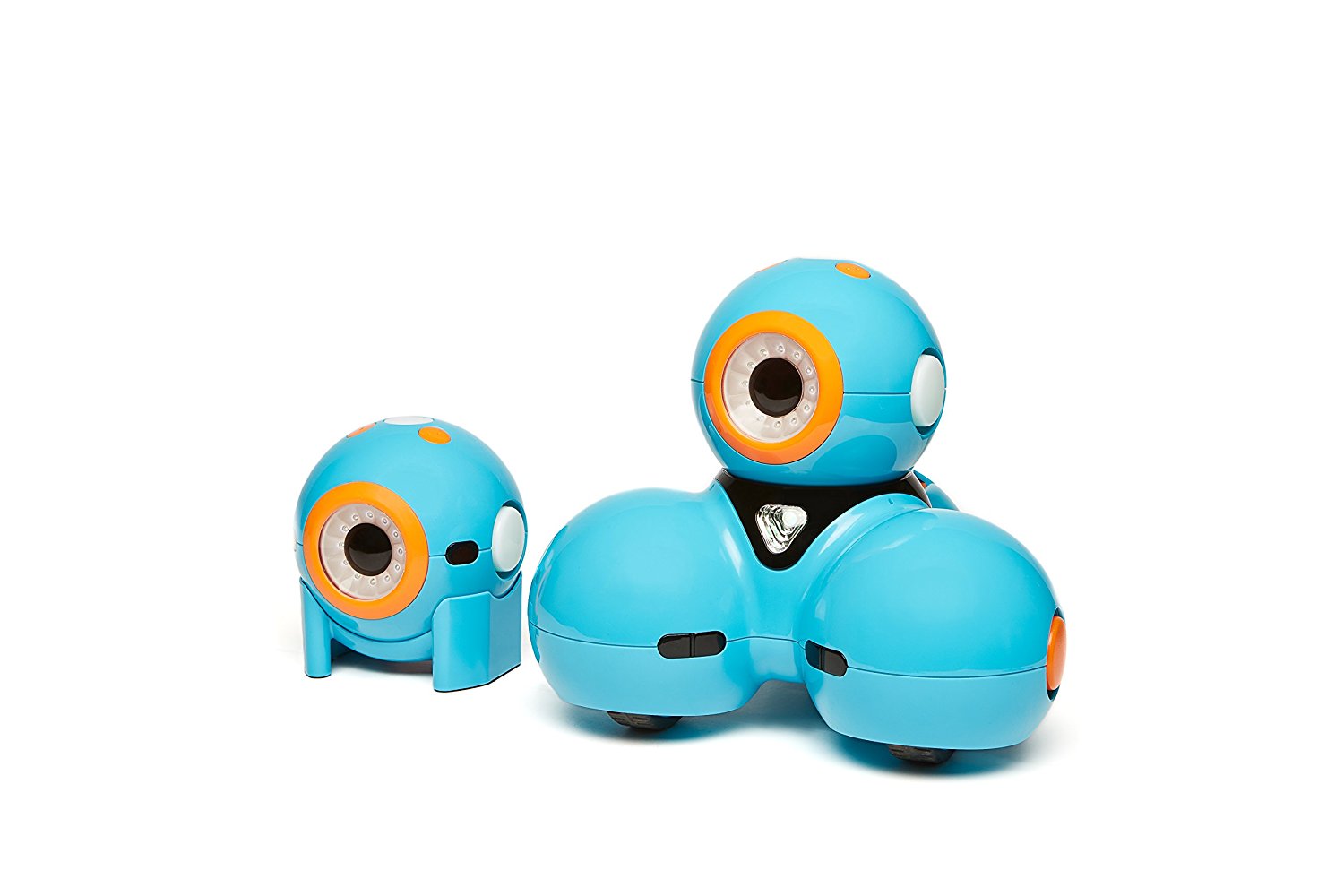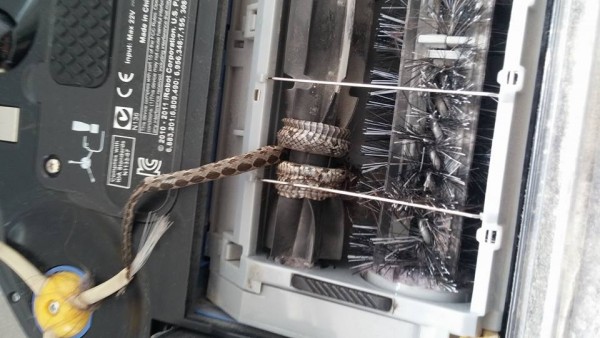What tells apart swarms from multiple individuals stuck together is that the members of the former work together. With that in mind, Harvard scientists proceeded to create the largest robot swarm yet, which counts 1,024 machines.
Crawling insects are intimidating as it is, so it makes you wonder what prompted Harvard scientists to make such a terrifying mechanical swarm. The answer to that is quite simple. The researchers had to make smaller machines that interact with each other and learn from one another, in order to implement the concept (if successful, which it was) in larger mechanized units.

The Kilobot Swarm (named like this as it includes 1,024 bots) is great at dancing, as the choreographed demonstration suggests. Michael Rubenstein, an electrical engineer at Harvard University and one of the main scientists involved in creating the thousand-robot swarm described the project as follows: “We created a swarm robot designed specifically to work in large groups, which was key to accomplishing this. As a side effect, the robots are not very capable, and have lots of variability such as noisy distance sensing, and difficulties moving.”
Roboticist Hod Lipson of Cornell University, who wasn’t involved in the project, noted that “It’s really a big accomplishment. It’s the first demonstration of this swarm robotic behavior at the scale of 1,000 physical robots.” This is especially remarkable because getting even a few tens or hundreds of robots to work together poses a lot of algorithmic and technical challenges.
Rubenstein also points out that had they had wheels, odometers, orientation sensors, and cameras, the robots could’ve handled the self-assembly much easier, “but if it’s too complicated, you can’t build a thousand robots.” The Kilobots are about as large as a penny, and each one of them cost $14 in parts. Obviously, the challenge wasn’t represented by building the robots, but by creating an algorithm to make them collaborate: “We are partially motivated by swarms found in nature, including flocks of birds, groups of cells, and swarms of army ants — all working together to accomplish something bigger than any of the individuals can.”
The Kilobotics website includes detailed documentation on how to build Kilobots, should you want to have a similar swarm in your home. The software needed for programming them is available for Windows, Linux and MacOS, so there’s no discrimination there.
Be social! Follow Walyou on Facebook and Twitter, and read more related stories about Japan’s 2020 Olympic Games that will sport robot olympians, and the hexapod robot that learns to walk straight after suffering leg damage.










